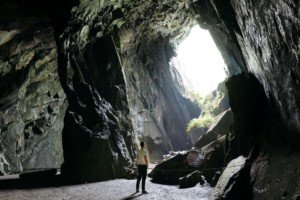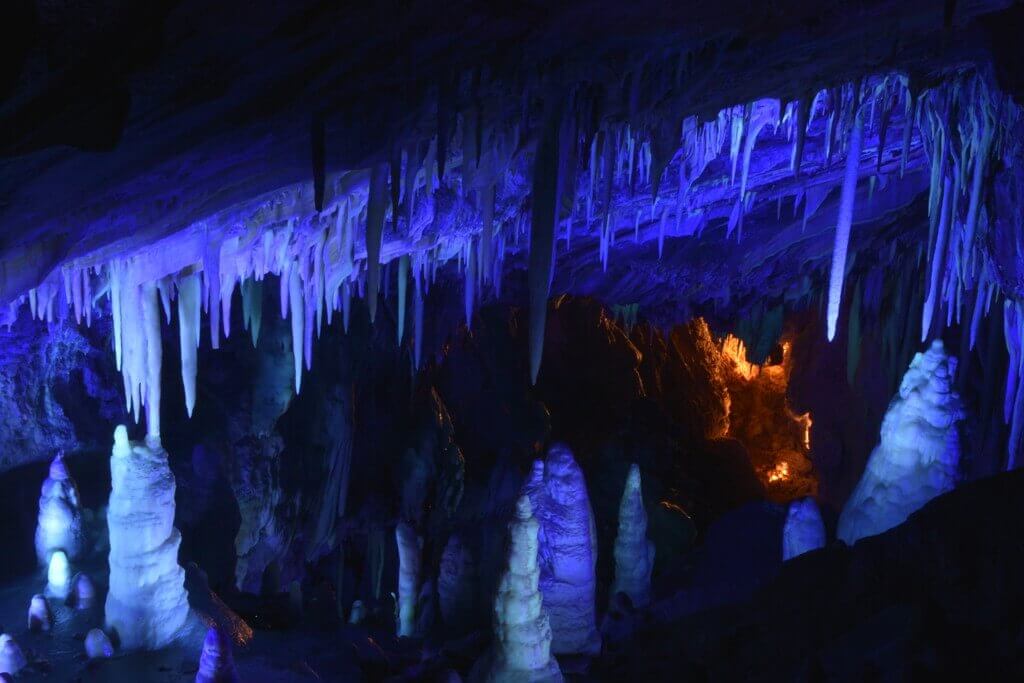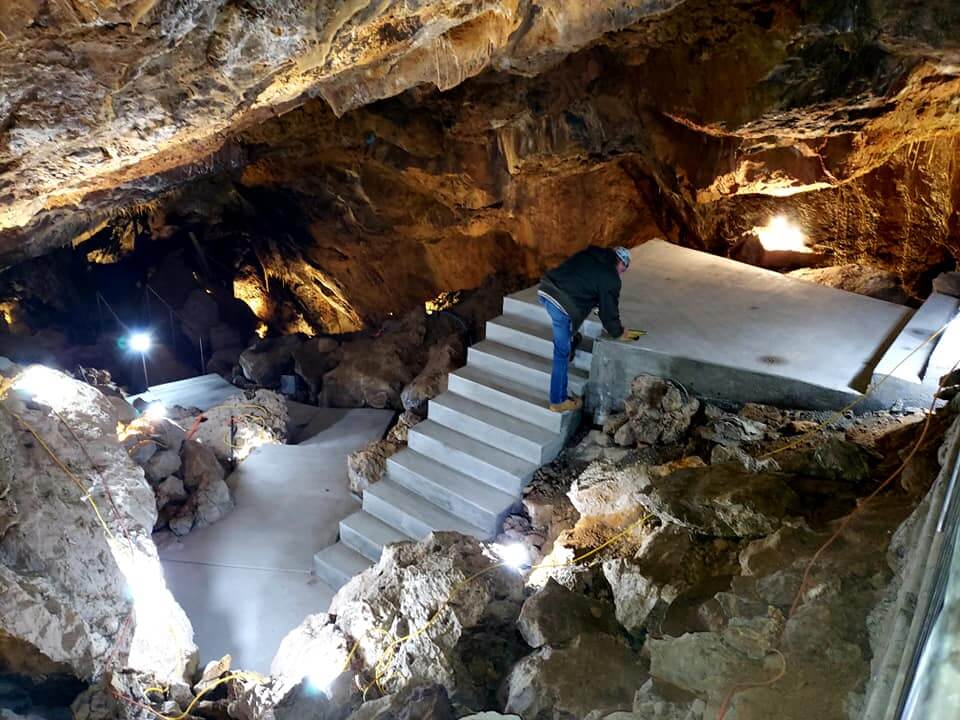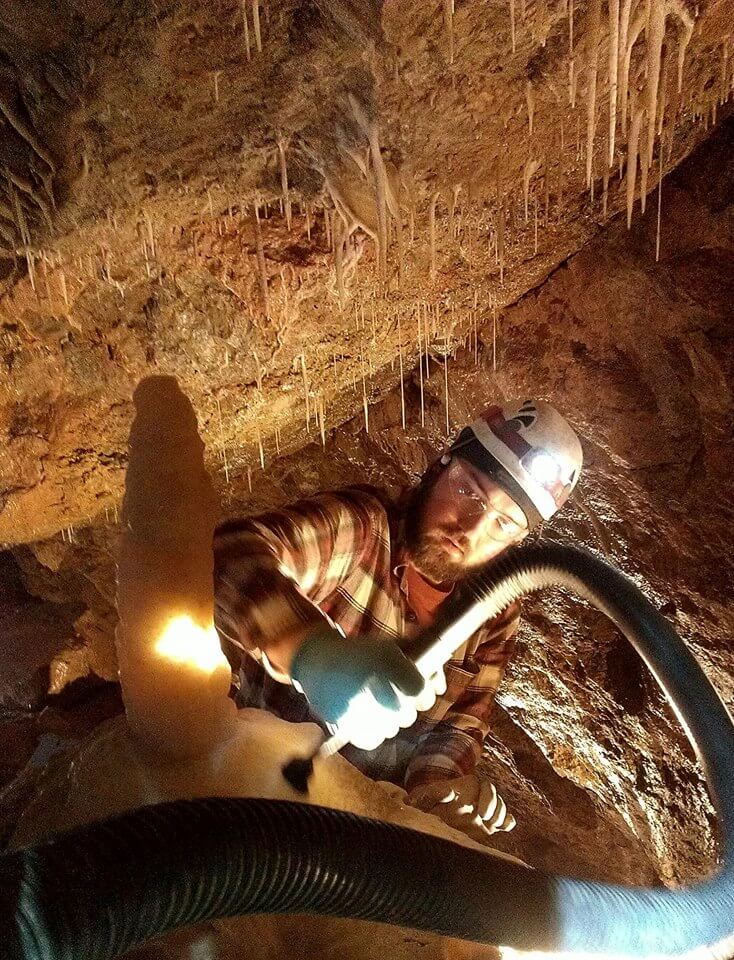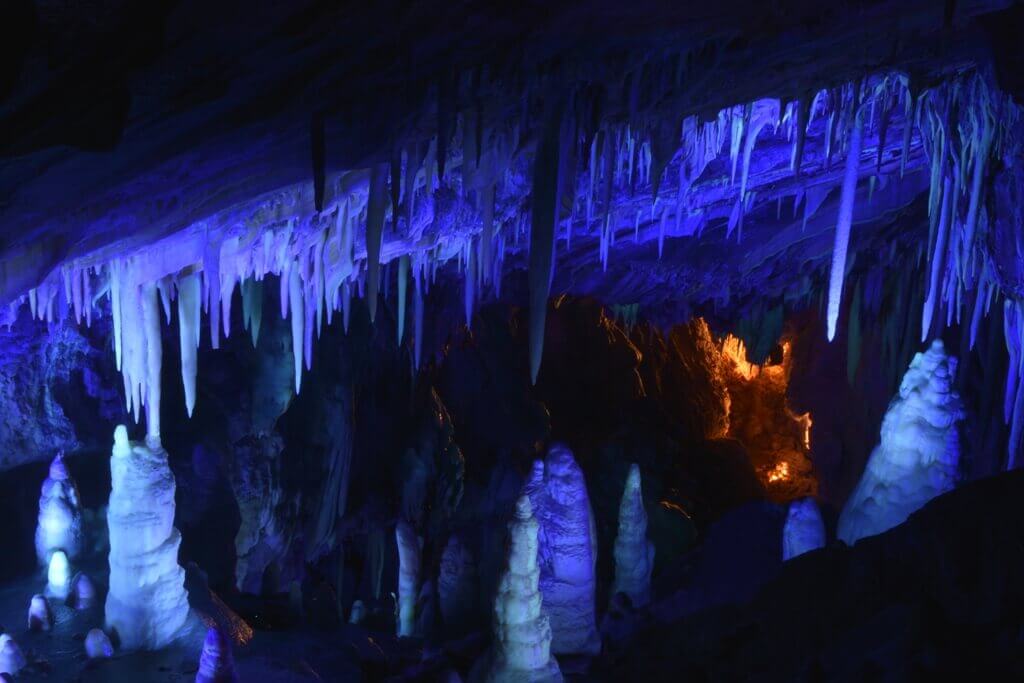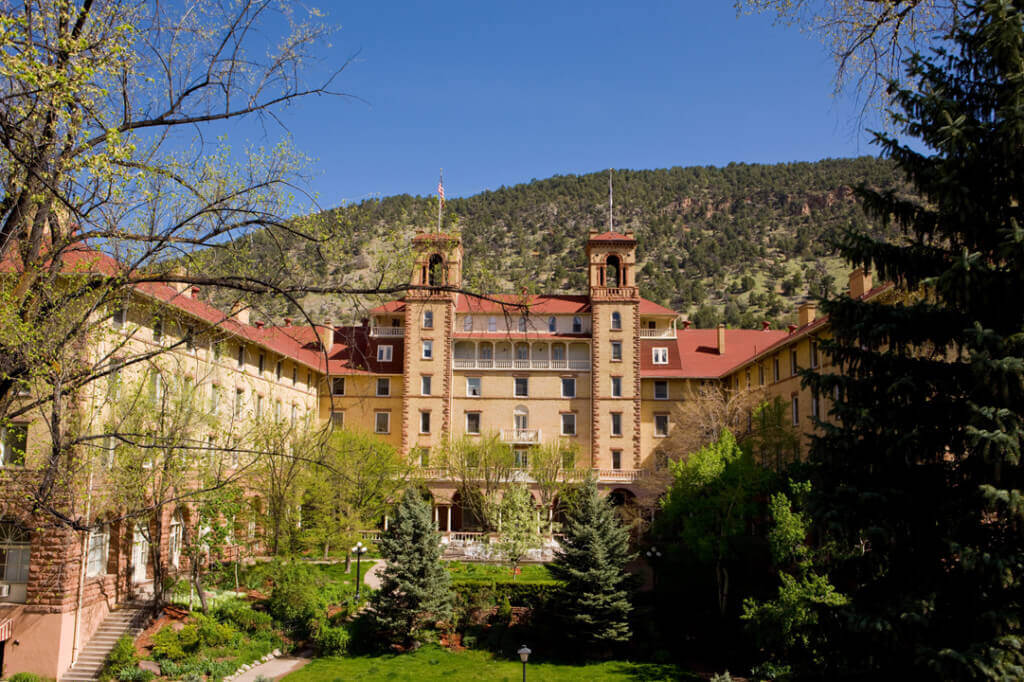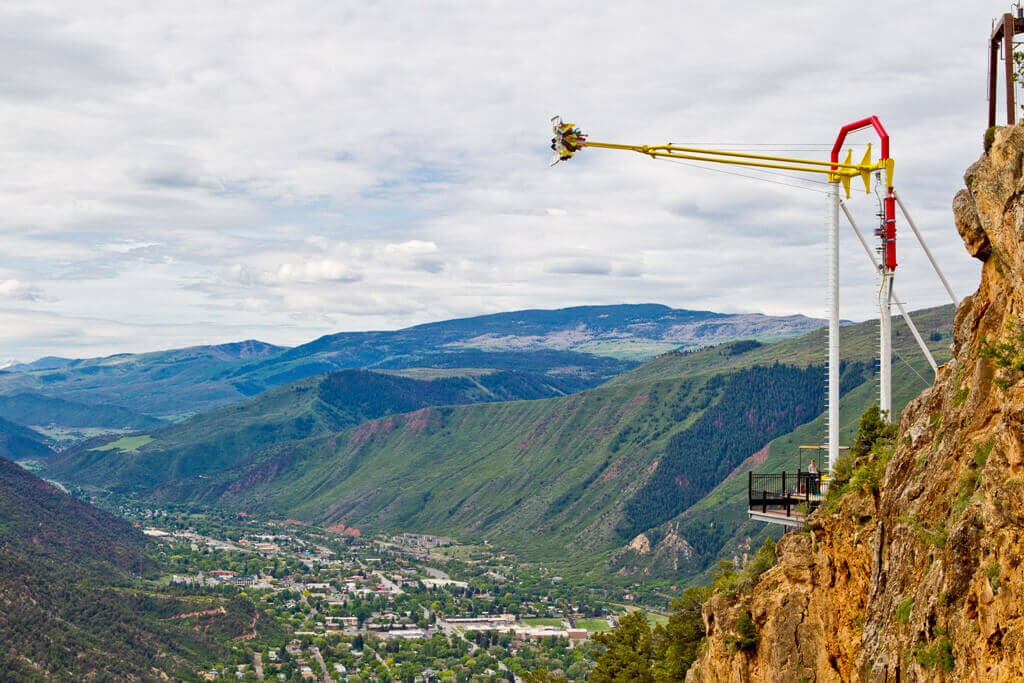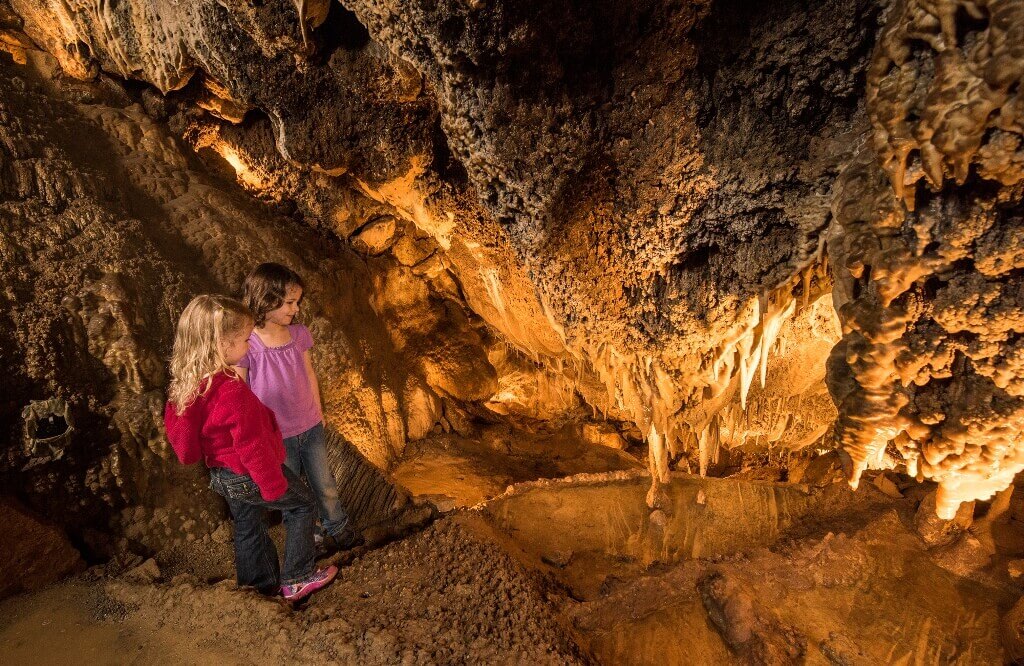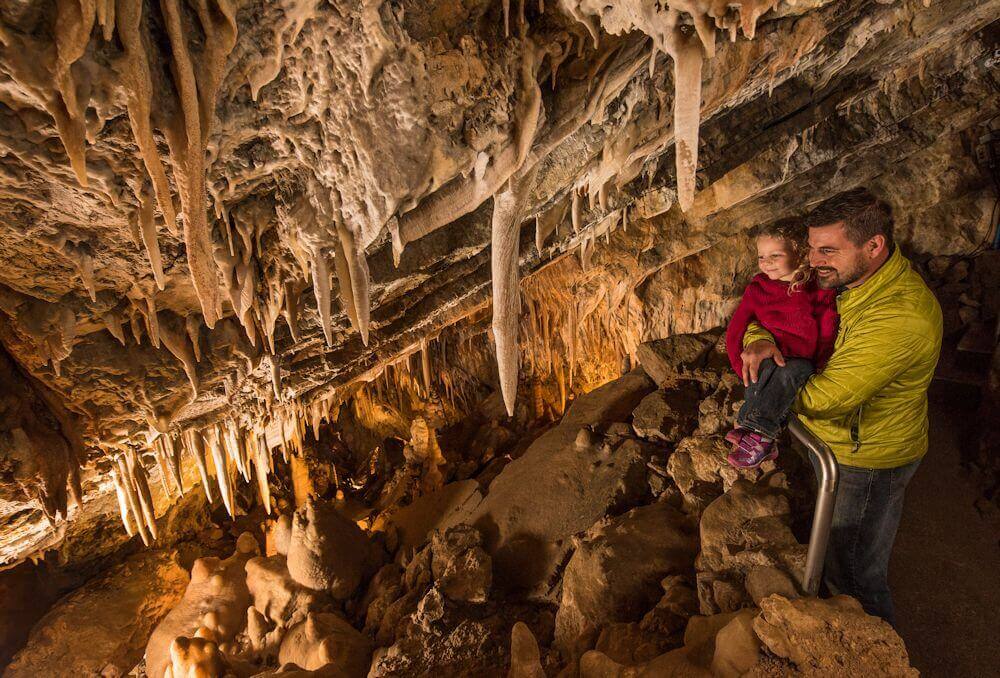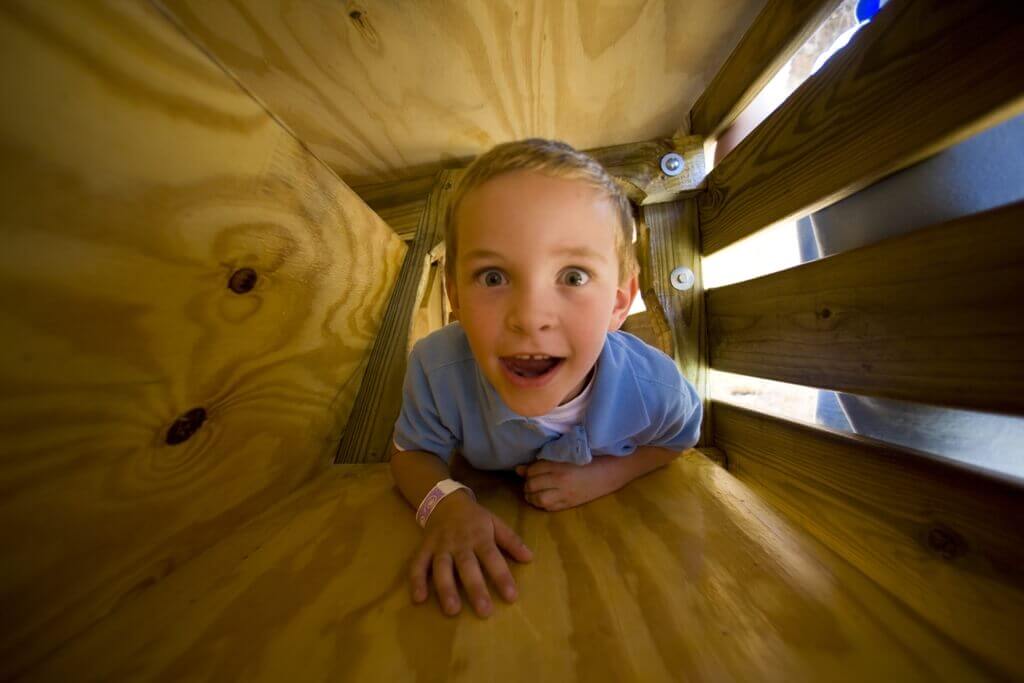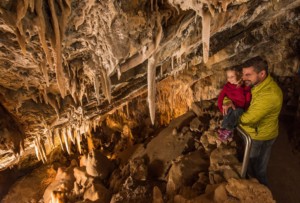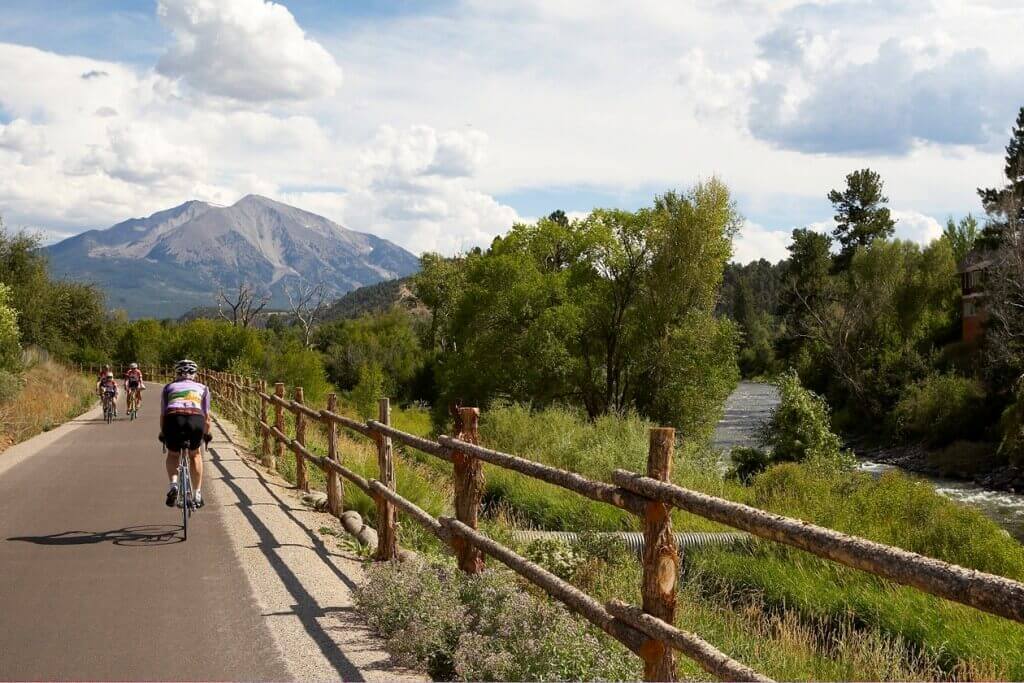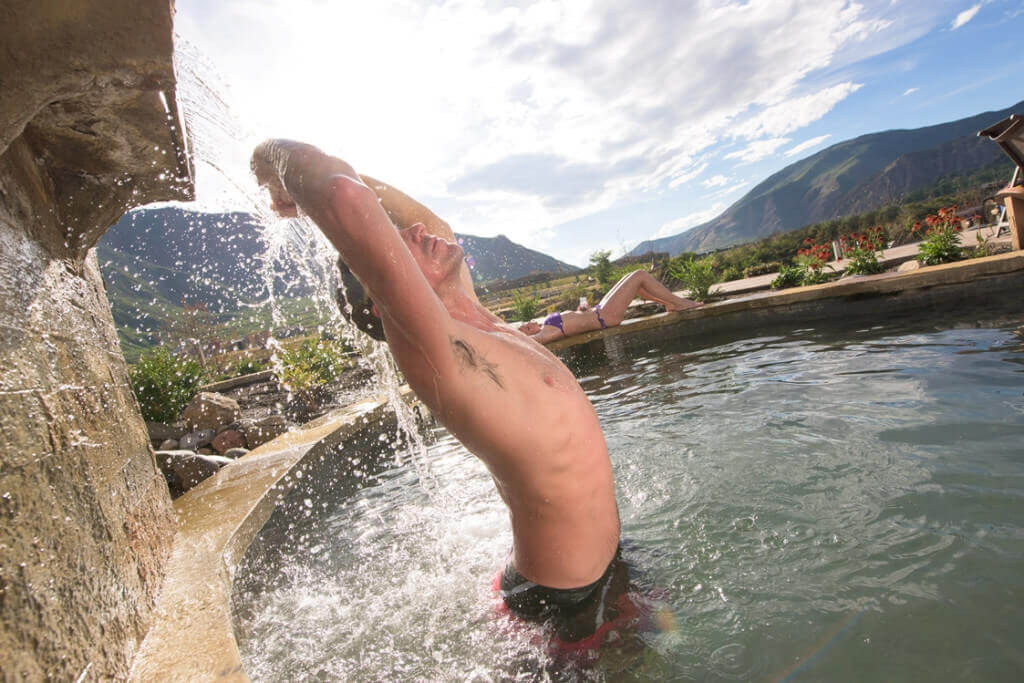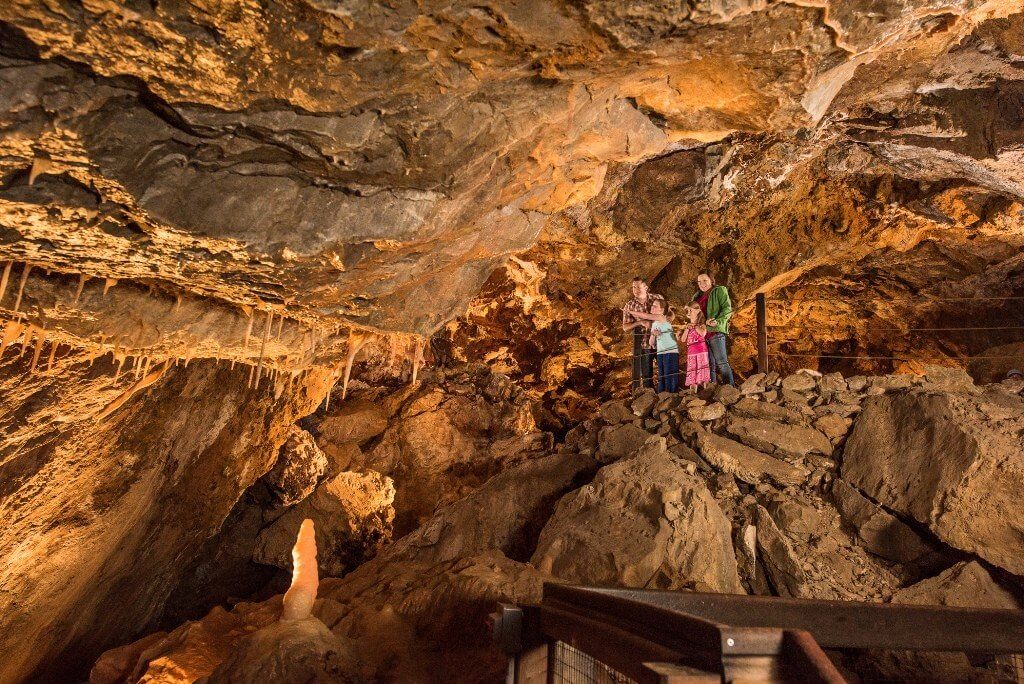
Lorem ipsum dolor sit amet, consectetur adipiscing elit. Ut elit tellus, luctus nec ullamcorper mattis, pulvinar dapibus leo.
Glenwood Caverns Adventure Park is celebrating National Caves and Karst Day on Saturday, June 8 with activities that include a hands-on educational and interactive display and free cave posters. Kids can earn a Junior Cave Scientist badge as well.
Glenwood Caverns Adventure Park is based around its flagship tours of Glenwood Caverns and the Historic Fairy Cave that started 20 years ago. When the National Caves Association (NCA) decided to designate a National Caves and Karst Day in 2017 to raise awareness of the crucial roles both play in our lives, everyone at the park was on board. For the third year in a row, the park is going all out to celebrate. Although the official NCA event is June 6, Glenwood Caverns Adventure Park is hosting its event on Saturday, June 8, to allow more people to participate.
“We get pretty excited about caves around here, so National Caves and Karst Day is a big deal,” explained Nancy Heard, general manager for Glenwood Caverns Adventure Park. “Every time we give a tour or host a school group, we have the opportunity to teach our guests about cave science and the importance of conservation. On June 8, we’ll get to dive deeper into these topics and have some fun at the same time.”
Have Fun Exploring the Science of Caves
National Caves and Karst Day activities include a hands-on educational and interactive display at the shade building located across from the Soaring Eagle Zip Ride and free cave posters to the first 120 people to ask for one. Kids can pick up a Junior Cave Scientist booklet there as well. To earn a free badge or sticker, they must complete at least one activity for each year of their age and return the completed booklet to the building to have it checked. The first 20 to do so will receive a free, signed “Cave Critters” coloring book written by Kay Cochran, a tour guide at the park.

Cool Cave Facts
Early June is a good time for families to visit the Adventure Park and to map out their cave visits for the rest of the summer. Here are 10 fun facts to know about caves and karst while planning a cave tour:
- A cave is a naturally occurring area or space under the surface of the Earth. Caves are often a system of interconnected passageways created by the weathering of rock.
- Most caves form in karst, which is terrain typically characterized by sinkholes, underground rivers and barren, rocky ground. Forty percent of the drinking water in the U.S. comes from karst aquifers.
- Icicle-shaped speleothems, or rock formations, form as water drips from the cave roof. Stalagmites, which one might trip over, grow up from the floor, usually from the water that drips off the end of stalactites that cling tight to the cave roof. When these two meet, a column is formed.
- Stalactites and stalagmites grow by only a fraction of an inch in a year, and since some are many yards in length, one can appreciate the time it takes for these speleothems to develop. In arid areas with little humidity, it can take a thousand years for a formation to grow one cubic inch.
- We learn a lot from caves. Researchers collect broken formations to track historical weather trends dating back hundreds of thousands of years. Universities partner with privately owned caves to learn how bacteria can play a role in cancer treatment and the development of new antibiotics.
- No two caves are alike. They can be found in glaciers, on mountaintops, in cliffs by the sea, in molten lava, in the desert and in hillsides.
- Caves are living things. Seepage from groundwater causes water to drip, which keeps formations growing and changing. A drop that falls onto a caver is called a cave kiss and is considered to be good luck.
- Caves are known to have provided shelter to mankind’s earliest ancestors. Cliff dwellings, such as those found in the Four Corners region of the Southwest, were inhabited by Ancestral Puebloans as early as 550 A.D. Fossils dating back to the Ice Age have been found inside caves as well.
- Caves are home to many forms of life that do not exist elsewhere. Troglobites, or cave-inhabiting creatures, are only found in caves and include certain species of shrimp, fish, blind salamanders, pseudoscorpions, spiders, millipedes and beetles.
- There are many ways to experience the subterranean world. Guided walking and wild tours are the most common, but there are caves that offer kayaking, floating or boating on underground rivers; cave diving; wildlife spotting; campouts; concerts; rappelling and more.
Heard added, “A lot of good things happen when you spend time in a cave. Many studies report that spending time in nature can boost mental and physical well-being, improve concentration, increase energy, reduce stress and lower blood pressure and heart rates. Pair that with exercise, such as descending and then climbing the 120 steps inside King’s Row, and the results are even better. It’s quality time that a family can spend together, focusing on nature instead of looking at screens.”
Park Admission & Hours
Regular admission rates apply for this event. A ride on the Glenwood Gondola costs $19 for adults and $14 for kids 3 to 12. The Gondola/Cave Tour combination is $32 for adults and $27 for kids. An inclusive Funday Pass is $58 for adults, $53 for kids, and includes the gondola ride, two walking cave tours and unlimited access to all rides. Annual Gondola and Thrill Pass holders can attend free. Those who have vouchers for the Locals’ Gondola Pass from earlier this year are encouraged to redeem them prior to this event, preferably on weekdays prior to 7 p.m.
Glenwood Caverns Adventure Park is open 10 a.m. to 7 p.m. daily. Beginning Saturday, June 8, it will be open 9 a.m. to 9 p.m., with longer hours during Music on the Mountain events.
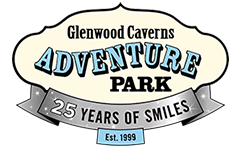
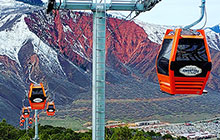
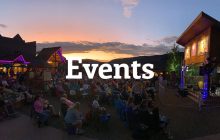

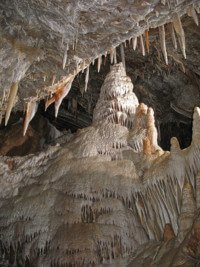
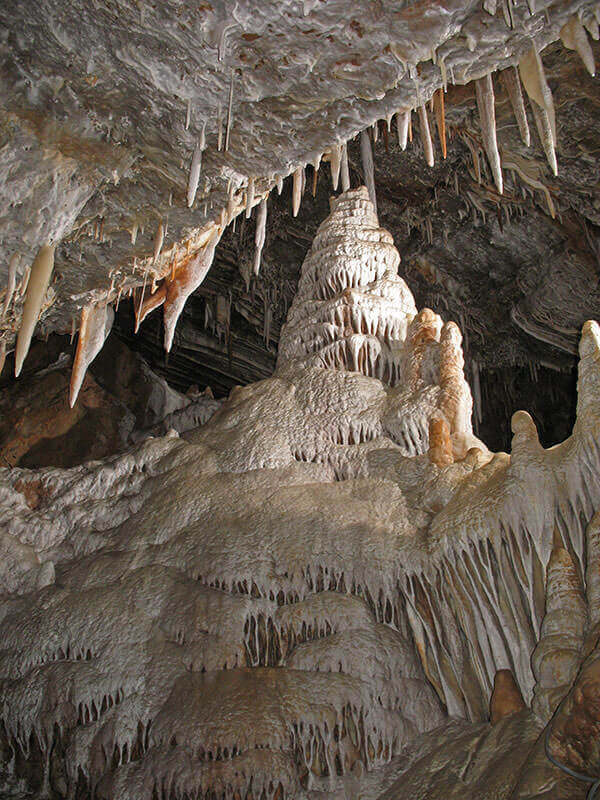
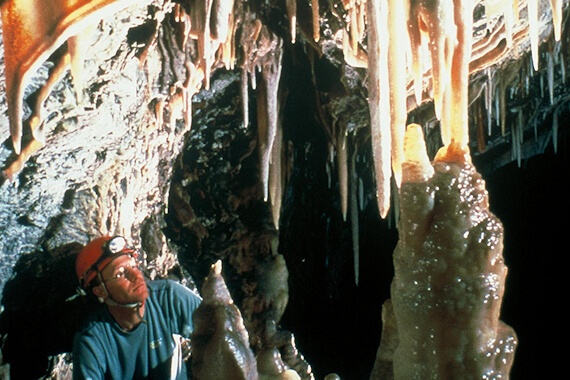 Marengo Cave in Crawford County, Ind., discovered in 1883 and open to the public from the beginning, has almost five miles of known passageway.
Marengo Cave in Crawford County, Ind., discovered in 1883 and open to the public from the beginning, has almost five miles of known passageway.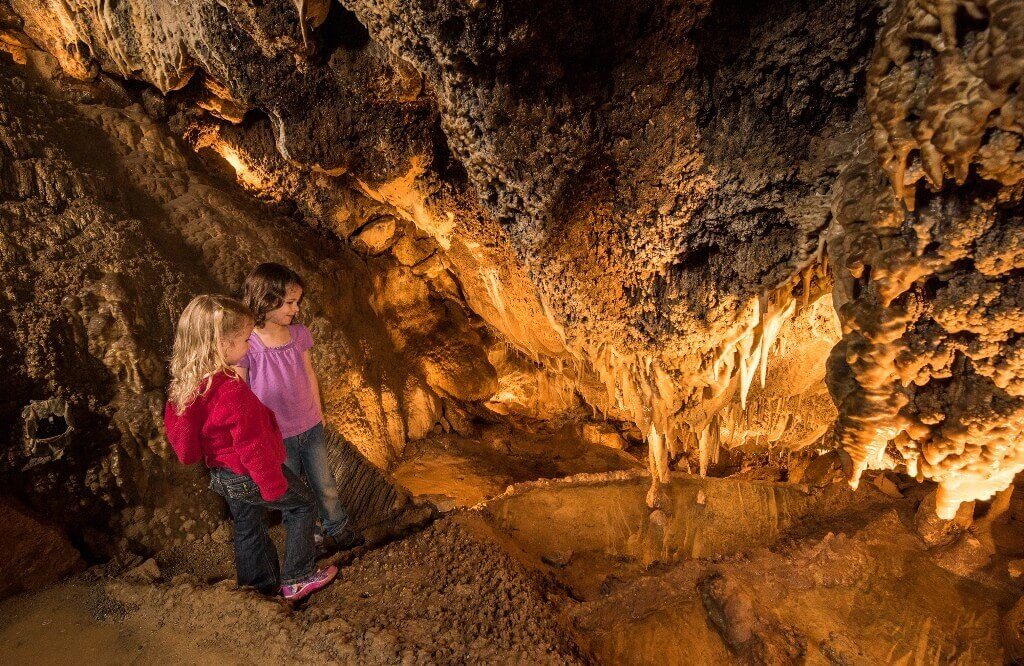 Mystic Cavern and Crystal Dome Cavern are less than 400 feet apart near Harrison, Ark. Mystic has a Pipe Organ calcite formation 30 feet tall and 12 feet thick as well as helictites, shields and spherical stalactites. Crystal has a 70-foot dome and other dripstone formations of pure while calcite.
Mystic Cavern and Crystal Dome Cavern are less than 400 feet apart near Harrison, Ark. Mystic has a Pipe Organ calcite formation 30 feet tall and 12 feet thick as well as helictites, shields and spherical stalactites. Crystal has a 70-foot dome and other dripstone formations of pure while calcite.